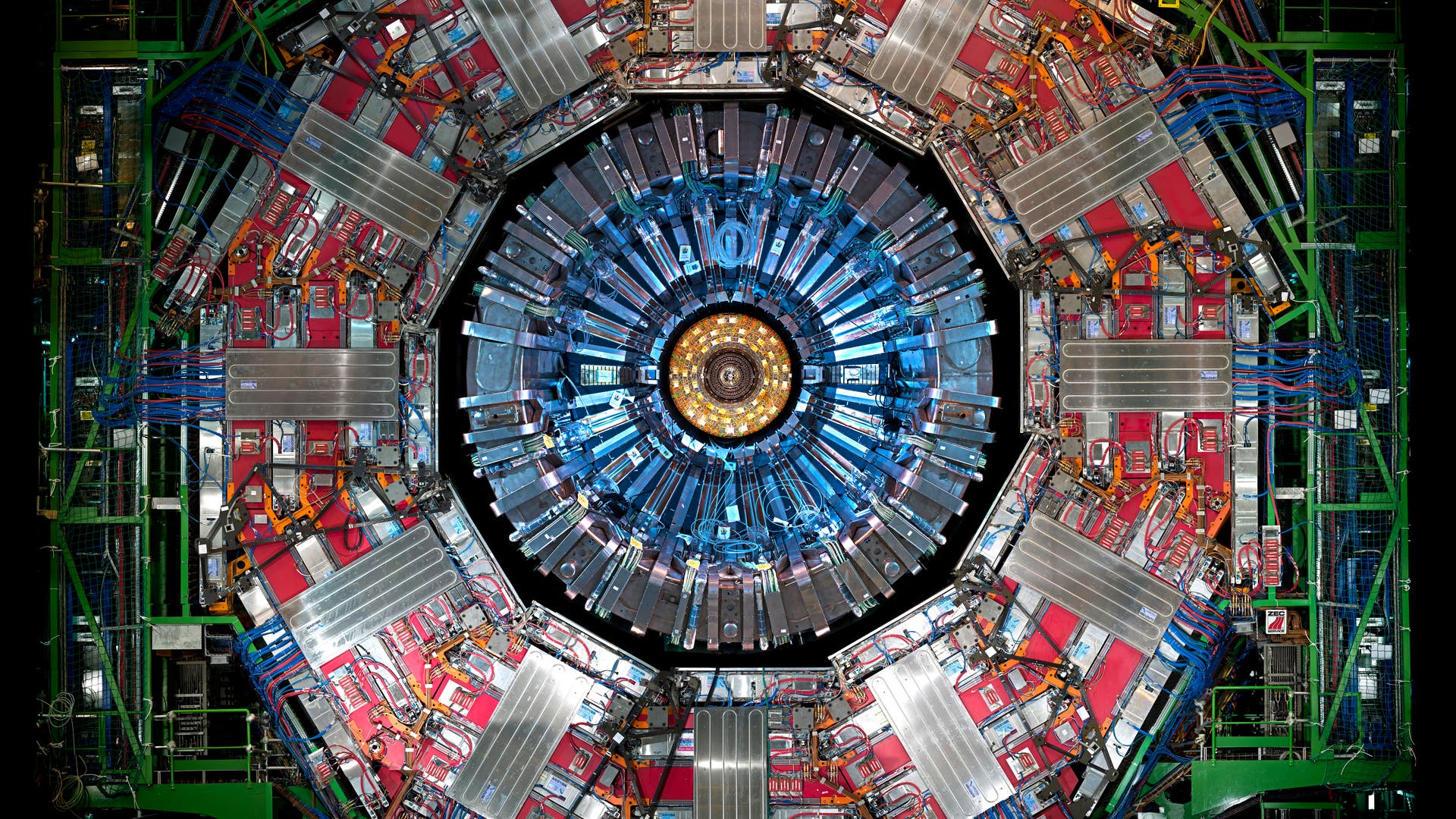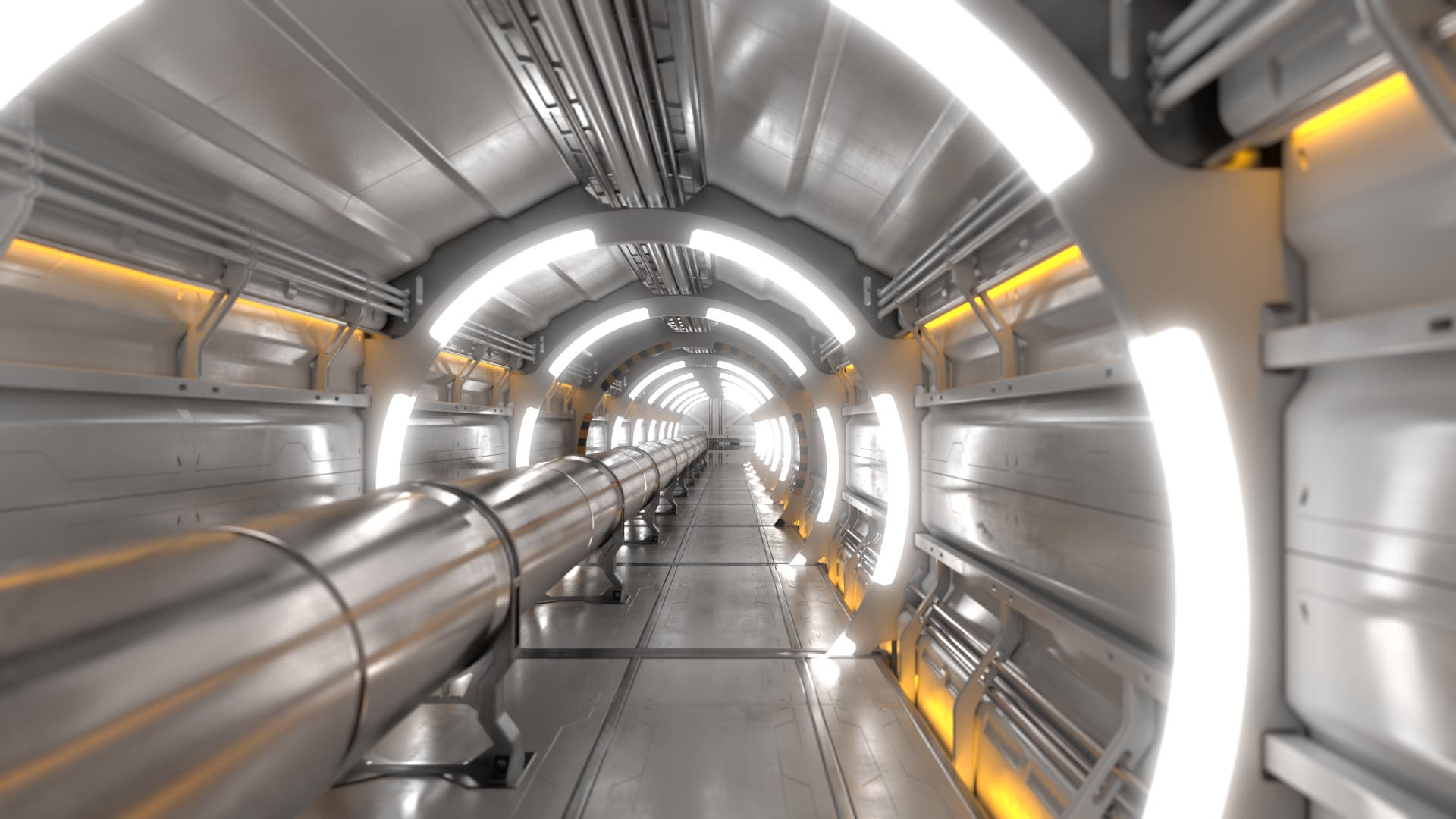Europas Megalabor CERN hat der Menschheit die Teilchenwelt erschlossen und beflügelt seit 70 Jahren die Zusammenarbeit. Wir haben uns umgehört: Was macht den Ort so besonders?#CERN #Jubiläum #Geburtstag #Teilchenphysik #Higgs #Rückblick #LHC #FCC #Urknall #Teilchenbeschleuniger #Physik
7 verblüffende Zusammenhänge zu 70 Jahren CERN
#higgs
British physicist and nobel prize winner
R.I.P Peter Higgs
6 Likes
1 Shares
6 Likes
2 Shares
Eine Studie zum Future Circular Collider zeigt, wo und wie der gigantische Teilchenbeschleuniger gebaut werden könnte. Doch der Plan ist noch längst nicht abgesegnet.#Teilchenbeschleuniger #Teilchenphysik #Physik #Beschleuniger #LHC #Cern #FCC #Myonen #Higgs #Higgs-Teilchen #Standardmodell
Higgs-Fabrik für 16 Milliarden Euro würde LHC in den Schatten stellen
One person like that
Alors je me rendais pas compte mais la masse de la matière, c essentiellement l'NRJ cinétique et potentielle des quarks, la masse des particules elles mêmes compte pour que dalle
When I say that the origin of mass is understood, I mean nearly all of the matter we encounter in everyday life, the kind that is made of protons, neutrons, and electrons. Protons and neutrons account for 99.95% of my mass, leaving 0.05% to the electrons. The mass of the electron is mysterious, exactly what the LHC seeks to explain. But the protons and neutrons are known to be made of quarks, bound by an incredibly strong force called The Strong Force. Converted into conventional units, quarks attract each other with forces typically greater than 15 tons. The potential and kinetic energy of the quark orbits account for 99% of the mass of protons and neutrons; only the last 1% is due to the mass of the quarks themselves. This is relativistic mass in an extreme case— we are made, almost entirely, out of the attraction of quarks.
https://cornellmath.wordpress.com/2007/07/25/the-origin-of-mass/
Et je découvre aussi que quand on parle du Higgs qui "donne une masse aux particules", ben ça exclue la contribution en énergie justement, donc environ 99% de ce qui peut faire de l'inertie.
One person like that
1 Comments
"Ich hab keine Ahnung, aber ich erkläre es dir trotzdem" -
Eine schöne Erläuterung dieser rhetorischen Floskel. Die anderen Beiträge bei Higgs sind ebenfalls sehenswert.
#higgs #rethorik #faktist
https://www.higgs.ch/ich-habe-zwar-keine-ahnung-erklaere-es-dir-aber-doch/38371/
4 Likes
1 Shares





